Khmer people in Vi Binh commune ( Hau Giang province) go to Ratana Paphia Vararam pagoda to perform rituals to celebrate Chol Chnam Thmay. (Photo: Hong Thai/VNA)
On June 2, Rasmei Kampuchea newspaper - one of the oldest and most prestigious press agencies in the Kingdom of Cambodia - published an article titled "Vietnam is interested in creating sustainable livelihoods associated with preserving and promoting the cultural values of the Khmer people."
The article provides information on the Vietnamese Government 's priority investment and development policies for ethnic minority communities in Vietnam in general and the Mekong Delta region in particular, including the Khmer ethnic group - one of 53 ethnic minorities living in Vietnam.
The article cites the discussion content and presentations at the workshop "Solutions for sustainable socio -economic development for ethnic minorities in the Mekong Delta" held in Can Tho City in mid-May 2023, stating that the Mekong Delta region has a natural area of 40,816.4 km2 with a 750 km long coastline and a 330 km long border with Cambodia, a population of 17.3 million people with 44 ethnic groups living together.
According to the results of the 2019 statistical survey of 53 ethnic minorities, this area has 43 ethnic minorities living with more than 1.3 million people, accounting for nearly 7.6% of the region's population.
Among the ethnic minority communities in the region, the Khmer have the largest population with over 1.1 million people.
According to the article, like other ethnic minority communities that have long lived together in this land, the Khmer people live intertwined with the Kinh people in 9 provinces and cities in the Mekong Delta including Soc Trang, Tra Vinh, Kien Giang, An Giang, Bac Lieu, Ca Mau, Hau Giang, Vinh Long and Can Tho city, mostly associated with agricultural production activities.
The author of the article believes that ethnic minorities in Vietnam in general, and the Khmer people in particular, have their own cultural identity, traditional religion, customs, and their own language and writing, contributing to creating a unified and diverse Vietnamese culture, as shared by Venerable Ly Hung at the conference: "Each ethnic group has its own cultural identity, contributing to creating diversity, richness, and unity in Vietnamese culture in general, and the river culture of the Southwest region in particular."
The road to Khmer villages in Soc Trang. (Photo: Chanh Da/VNA)
The article states that in parallel with focusing on investing in building infrastructure systems for ethnic minority areas through many priority programs and projects in recent years, the Party and Government of Vietnam have regularly paid attention to and created conditions for Khmer people to maintain the organization of religious activities and traditional ethnic festivals.
The whole region has 446 Khmer Theravada Buddhist pagodas with over 8,000 monks studying and practicing, considered the heart of Khmer villages, where religious rituals and traditional festivals such as New Year, Buddha's Birthday, Ancestor Worship, Ook-om-boc... often take place, bustling villages.
According to the author of the article, in addition to paying attention to investing in economic development and improving the lives of people, policies on education, training and human resource development in the Khmer ethnic community are also given attention and gradually promoted effectively.
The Mekong Delta region currently has 34 ethnic boarding schools with a scale of more than 11,600 students, mainly Khmer children. Notably, along with the effective organization of teaching and learning in ethnic boarding schools, the number of ethnic students is increasing; the policy of teaching ethnic scripts is also regularly concerned through the arrangement of teaching and learning Khmer scripts at general schools in places that do not have the conditions to open ethnic boarding schools, as well as organizing activities to teach ethnic scripts at Khmer pagodas during the summer.
In addition, in the Mekong Delta region, there is also the Southern Khmer Language-Culture-Arts University and Humanities under Tra Vinh University, which is considered a human resource incubator, a place to train intellectuals to inherit and follow the previous generation in preserving the traditional cultural identity of the Khmer people in Vietnam.
Quoting researchers and managers at the above-mentioned workshop, the article in the newspaper Tia Sang Cambodia stated: “The issue of creating sustainable livelihoods for ethnic minorities in the Mekong Delta in general, and the Khmer community in Vietnam in particular, is built on the foundation of preserving and promoting the nation's cultural traditions.
In that context, the Party and State of Vietnam have identified viewpoints, goals, and solutions for the development of ethnic minority areas by 2030, with a vision to 2045. In particular, it emphasizes the creation of sustainable livelihoods on the basis of preserving, maintaining, and promoting the traditional cultural identity of the nation."
According to Cambodia Rays, relevant agencies and departments at all levels of Vietnam have been focusing on implementing 3 National Target Programs. Of which, the National Target Program on Socio-Economic Development of Ethnic Minority and Mountainous Areas for the 2021-2030 period (Phase I from 2021 to 2025) has been approved by the Government of Vietnam with a total estimated budget of nearly 137,665 billion VND.
From the above approach, the article emphasizes that “For localities in the Mekong Delta, the implementation of this program with related projects is considered a fundamental solution for socio-economic development, creating sustainable livelihoods associated with preserving and promoting cultural traditions in ethnic minority areas in general and the Khmer ethnic minority area in particular.
VNA
Source


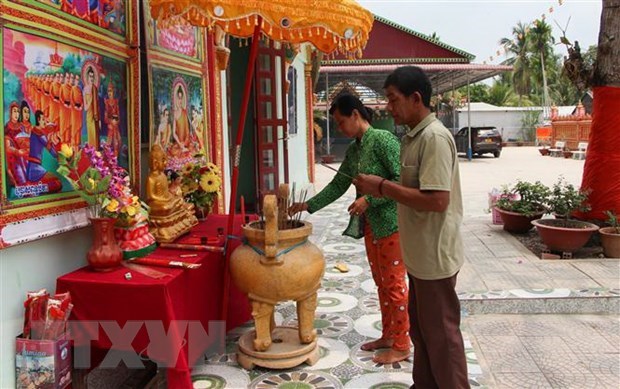
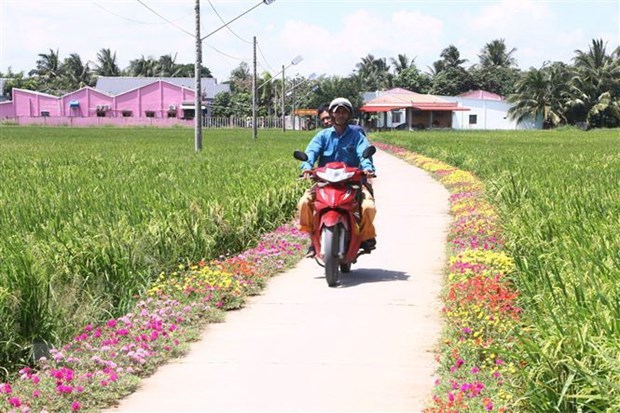
![[Photo] Anh Hoang - Dinh Duc successfully defended the men's doubles championship of the National Table Tennis Championship of Nhan Dan Newspaper](https://vphoto.vietnam.vn/thumb/1200x675/vietnam/resource/IMAGE/2025/5/23/d6ab3bcac02c49928b38c729d795cac6)




![[Photo] Top players gather at the 2025 Nhan Dan Newspaper National Table Tennis Championship](https://vphoto.vietnam.vn/thumb/1200x675/vietnam/resource/IMAGE/2025/5/23/9ad5f6f4faf146b08335e5c446edb107)


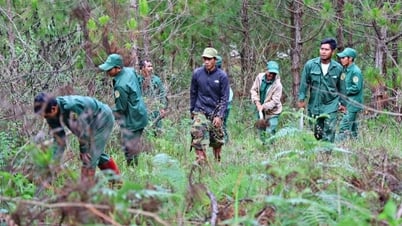
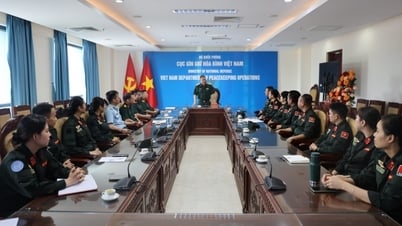
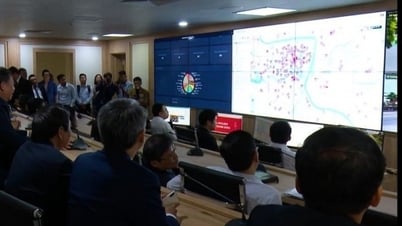
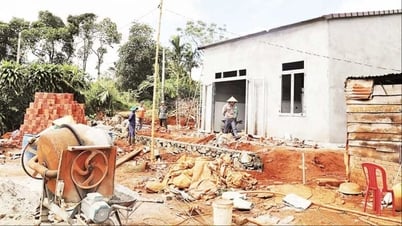
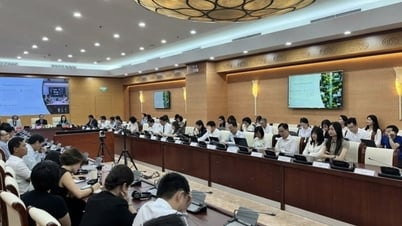




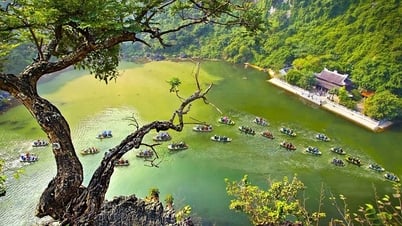


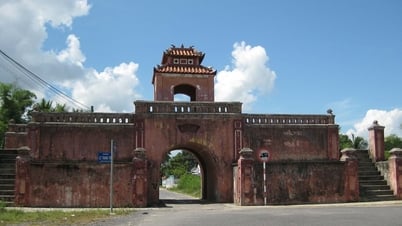
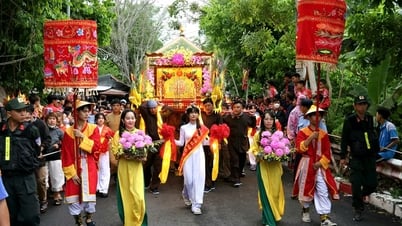
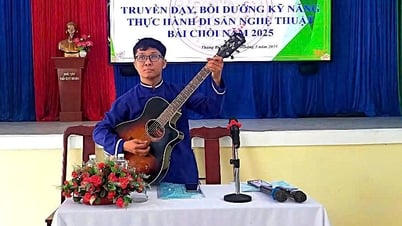















































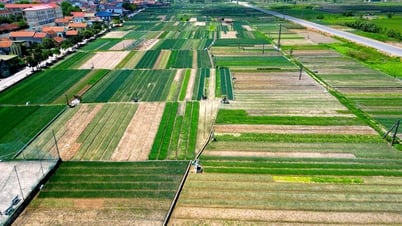

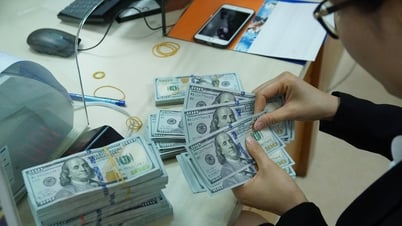

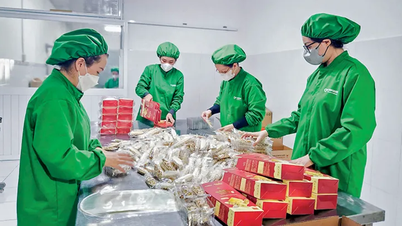


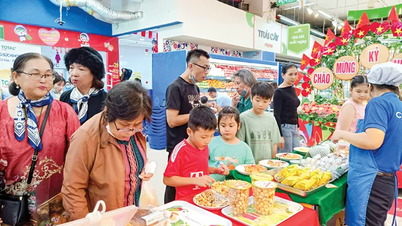












Comment (0)